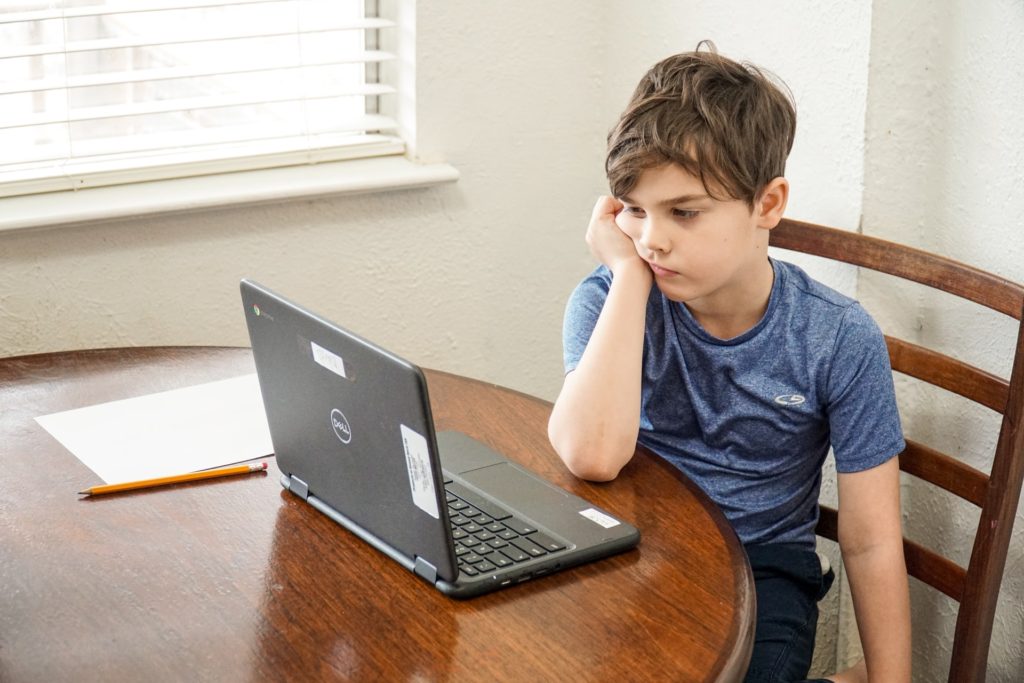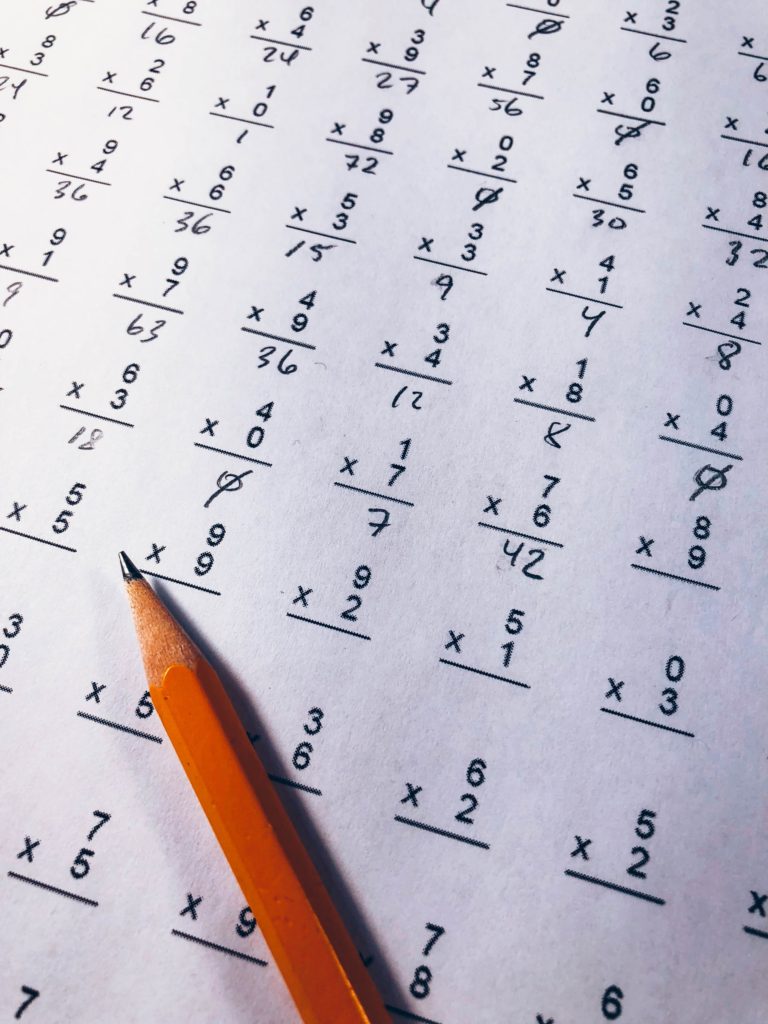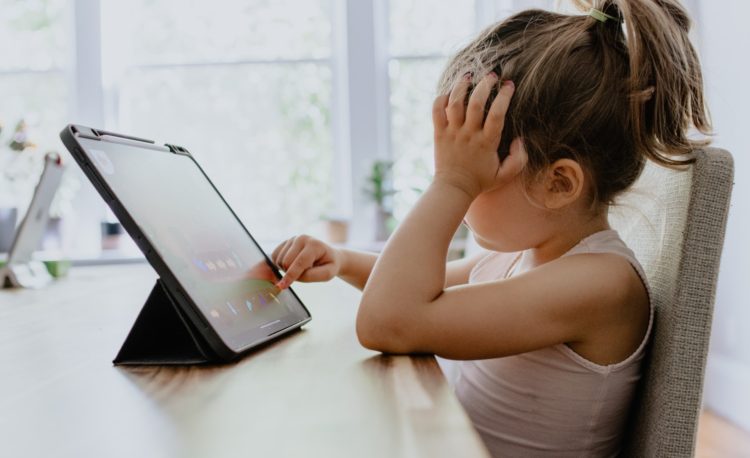It used to be educators worried about the summer slide learning loss–that period when students were out of school for summer vacation. While there is some debate surrounding the extent of learning loss to students during the summer months, the research clearly shows that some achievement DOES slow or decline during summer break. Math demonstrates higher declines than reading, and students in upper grades experience more learning loss.
As bad as the summer slide can be, it pales in comparison to the learning loss students will experience due to the Covid-19 learning loss. If two months away from instruction during summer has negative effects on student achievement, what impact will months of school closures and remote learning environments have on students?
Pandemic Learning Loss
Most schools in the country were forced to close in March 2020 for safety reasons. Many remained closed now. The majority of schools were not prepared to educate students effectively over the course of the stay-at-home orders. Both students and teachers had a steep learning curve to overcome. Most were not experienced with remote learning at all.
Data shows that many students did not participate in scheduled online classes for a variety of reasons. Check out this video that estimates the number of students who were not able to access education during COVID-19.
Thus, the learning loss that has likely occurred under these circumstances will present a considerable hurdle, particularly for those students who were already experiencing opportunity gaps before the pandemic. Our most disenfranchised students will be hardest hit by Covid-19 school closures. The academic gains they may have experienced through individualized learning, interventions, and special education policies have been undermined by the chaos surrounding the pandemic.
Solutions for Student Learning Loss
So, what can school districts do to help students recover from COVID-19 learning loss? First, they must carefully consider redesigning summer school. Teacher must assess where students are academically and use that data to design individualized instruction and flexible learning environments.
They should prioritize math and reading assessments since research shows these to be the two areas that show the most decline over the summer months, especially for students from low income homes. In the event students do not return to classrooms this fall, a strategic plan that prepares for this possibility should be ready for full implementation.
Second, districts should loop students and teachers where possible. The typical summer school runs anywhere from six to eight weeks. That does not leave a lot of time for teachers to catch students up to where they were in March before schools closed.

Students may have already transitioned to the next grade level. Unless students have been looped or placed with the same teacher for the upcoming school year, the new teacher will not reasonably know where to pick up instruction. Further, since both teachers and students have experienced great stress during this crisis, it would be a good idea to keep familiar faces and established relationships by looping.
Finally, districts should use this year’s summer school to assess students and have teachers prepare personalized learning plans based on the data that is gathered. Completing this foundational work during the summer will save teachers and students a lot of time and give them a head start the fall. Why is this necessary? Students may not have had a consistent approach to instruction, especially in the first few weeks of school closures.
This resource developed by the USC Rossier offers insight on teaching in a virtual environment for educators you might find useful as schools continue to offer mostly remote learning.
Other Considerations
We know that all students were not accessing material at the same rate during the pandemic. We also know that those materials were also not equal in rigor and engagement. Remember, some districts started with instruction packets and switched to online learning later. Other districts had the resources and means to transition to remote learning seamlessly.

Teachers and students need time to recover from this learning loss. Districts must carefully plan how they will help both groups get ahead, not return to normal. If nothing else, COVID-19 has exposed serious flaws in our education system that negatively impact our most marginalized students. Whatever plans districts develop should be designed with this in mind.
To help support districts’ recovery efforts and the challenging work ahead, we are calling for a suspension on all state assessments for the next three years. The last thing educators and students needs to worry about is test accountability. It is possible that if authorities freeze state testing for the next three years, teachers will have the time they need to begin to close achievement gaps and authentically instruct students without the worry of mandatory testing hanging over their heads.
Expect the Covid-19 learner loss to be much, much worse than the summer slide we have heard about for years. The fact is that as educators, we have the opportunity to write the story of how we used the tragedy of this pandemic to positively change the way we educate. That starts with a plan and defined purpose developed within a new instructional framework and vision of school. Educators should take all the lessons they have learned and create educational experiences that are equitable,engagaing, and exceptional.
